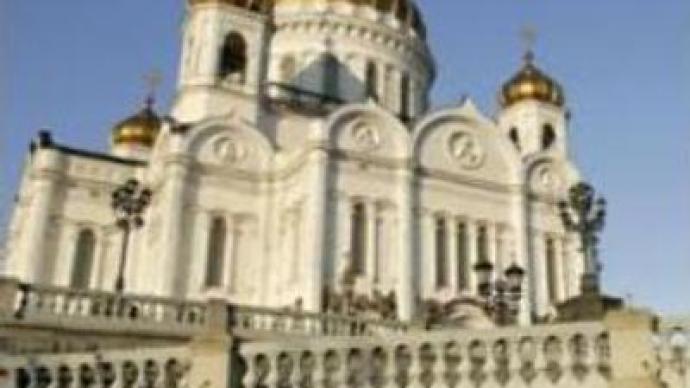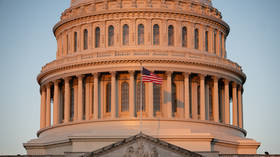Russian Orthodox Churches to reconcile

On Thursday, the leaders of the Russian Orthodox Church and the Russian Orthodox Church Abroad are due to sign a re-unification agreement at the Cathedral of Christ the Saviour in Moscow.
The head of the Russian Orthodox Church Outside of Russia, Metropolitan Laurus of Eastern America and New York and a group of officials have arrived in Russia’s capital to finally resolve the differences which split them apart decades ago.The Russian Orthodox Church has a history going back a millennium. It has survived turbulent times, but the 20th century was probably the hardest in its history.90 years ago, the traditionally faithful Russia was suddenly turned into a nation of atheists. The revolution of 1917 led to the collapse of the tsarist government and the Russian Church. The new Soviet government declared the separation of the Church and state and nationalised all church-held lands.This was followed by brutal persecutions that included the wholesale destruction of churches and arrest and execution of thousands of clerics. In the two decades following the revolution, an estimated 130,000 priests were arrested and up to 95,000 were executed.The government claimed religion was the opium of the people, and therefore was destined for violent persecution.The survival of the Church was in danger. And in 1927 Metropolitan Sergius I issued a declaration accepting Soviet authority over the Church as legitimate. It was a compromise in the name of survival, which lead to a split with the Russian Orthodox Church Outside of Russia.For many decades the Churches remained separated.The process of reconciliation started only after the collapse of the Soviet Union. Many thousands of victims of persecution were recognised in a special canonisation of saints known as the 'New Martyrs and Confessors of Russia'.“We share a common attitude towards those who suffered for their faith in God in the years of the disastrous persecutions in Russia. We have so much in common and those divisions that existed between us don't have a significant ground, and therefore can be easily resolved,” believes Aleksy II, Patriarch of Moscow and All Russia.In September 2003, Russia's President Vladimir Putin invited Metropolitan Laurus to visit Russia. And in 2004 the leader of the Russian Orthodox Church Abroad made his first official visit to Moscow. In the same year, a Commission was set up to prepare an agreement on the Churches' final re-unification.“There is no doubt that the Russian Orthodox Church must be united. But there were problems that separated us. Some of them still exist, but we are doing everything possible to resolve them,” Metropolitan Laurus says.That day will finally come on May 17, when the two church leaders are to sign an agreement officially reconciling the two Russian Churches.“For the history of the Church and the state it is a crucial event. We should thank God for it and for Russia's spiritual resurrection as well,” states Patriarch Aleksy II.
You can share this story on social media:












